A brief overview on mycothermal heater: advantages and disadvantages as they are
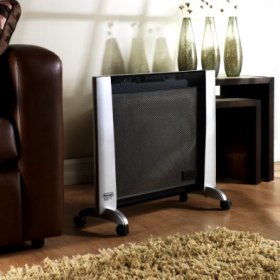
Warmth in the house is the main condition for a comfortable stay. But often central heating does not cope with this task, and the owners begin to look for additional ways of heating. Particularly puzzled by this issue are families with young children, because the health of the baby largely depends on maintaining a stable room temperature. Among all sources of additional heat, the safest and most approved for use in children's rooms is mycothermic heater.
This new product has appeared recently, so many owners are wary of it, preferring traditional, time-tested oil heaters and fan heaters. Let's try to comprehensively analyze the pros and cons of the mycothermal device so that every consumer can really appreciate the capabilities of the new product and use it correctly.
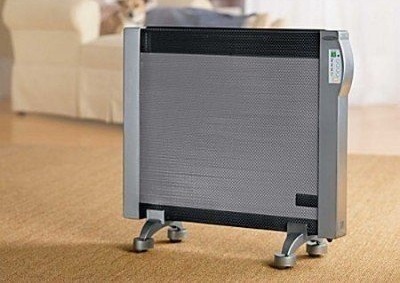
The mycothermal heater is lightweight and compact, so it’s convenient to transport it in the trunk of a car, for example, driving to the country
Description of the principle of operation of the mycothermal heater
This device is part of a group of infrared heaters, the principle of operation of which differs from all previous types (oil, convector, etc.) in that it warms up not the air in the room, but objects, things and people who fall into the range of infrared rays.
The natural source of heat, the sun, acts in exactly the same way, and even in frosty weather, under its rays we quickly warm up and feel comfortable.

Infrared heaters, including mycothermal ones, heat the lower part of the room, i.e. the zone most necessary for people
For the room to warm up with a traditional heater, a couple of hours must pass, and after turning on the infrared device, the temperature difference is felt immediately. Not without reason heaters of this type are increasingly used in rooms where there is no central heating system: in cottages, workshops, garages, etc.
What other types of heaters are there, what are their advantages and disadvantages, read in our material:https://aquatech.tomathouse.com/en/otoplenie/radiatory/kakoj-obogrevatel-luchshe-dlya-doma-i-kvartiry.html.
How is mycothermal device arranged?
The source of heat in this device is a plate that evenly distributes heat waves over the entire surface area. At the same time, it does not heat up itself, which means that it is impossible to get burned when accidentally touching a working device.
This plate is multilayer, with each layer having a mica coating on both sides. Due to the fact that there is no coolant in the mycothermal heater, the owners will not face the problem of wear of the heating element.
Benefits of the Micathermic New Product
The mycothermal heater has earned the attention of consumers, thanks to the obvious advantages:
- Profitability. Energy consumption is 30% lower than that of traditional appliances, and heating efficiency is significantly higher.In addition, the device has the function of protecting the room from freezing. If it is set in an unheated room, the heater will automatically turn on when the air temperature becomes critical, close to zero.
- Safety. Since even with prolonged use of the device, the case does not warm up above 60 degrees, there is no need to isolate the heater from children.
- Preservation of oxygen. With this type of heating, oxygen combustion does not occur, which means that the humidity in the rooms is not disturbed. A normal microclimate is maintained, so people do not experience problems with the airways, bronchial asthma does not worsen, and the likelihood of colds during the off-season is reduced.
- No noise. The working device is absolutely silent, therefore it can be used in bedrooms, children's rooms during a night's rest.
"Fly in the ointment": an overview of the minuses of the device
With all its advantages, the mycothermal heater is not ideal.
- Firstly, the warmest zone will be that is directly affected by infrared rays. The more you are removed from this zone, the stronger you will feel the cold.
- Secondly, there are many holes in the system into which dust likes to “clog”. Therefore, after the summer, when the heater was not used, the first inclusion is best done outside the house. Otherwise, you will have to inhale the “aromas” of fading and visibly scorching dust particles that have accumulated inside the structure.
- Thirdly, the case heating temperature (60˚) is not so small. And if synthetic things (tulle, for example) accidentally fall on the device, then there is a probability of fire. This level of heat is harmful to some types of furniture, because they can be deformed. Plastic and pvc film react especially strongly to such heating. Therefore, the device must be placed at a distance of a meter from flammable things, furniture and walls. It is also forbidden to dry towels, linen, etc.
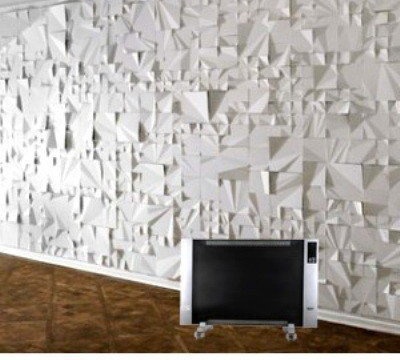
If the wall material is made of foam or polymeric materials, place the heater at a distance of not less than a meter
Along with other competitors of mycothermal heaters, infrared devices are on the market. What are their advantages and how to choose them, read on:https://aquatech.tomathouse.com/en/otoplenie/radiatory/kak-vybrat-infrakrasnye-obogrevateli.html.
If you follow the manufacturer's instructions, then from using the mycothermal heater you will have only a pleasant experience.
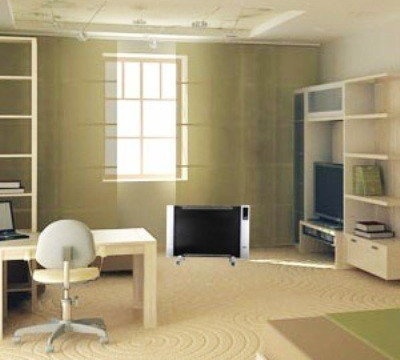
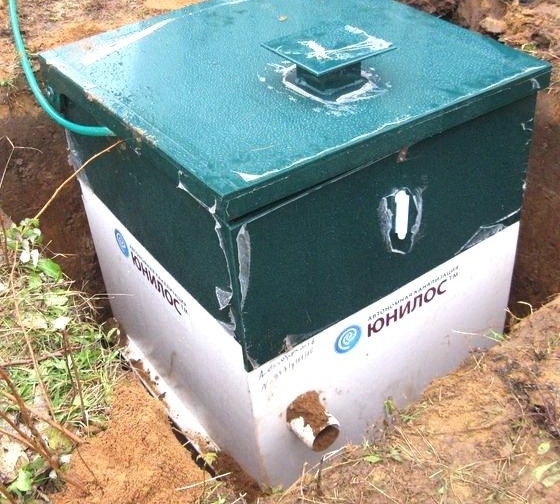

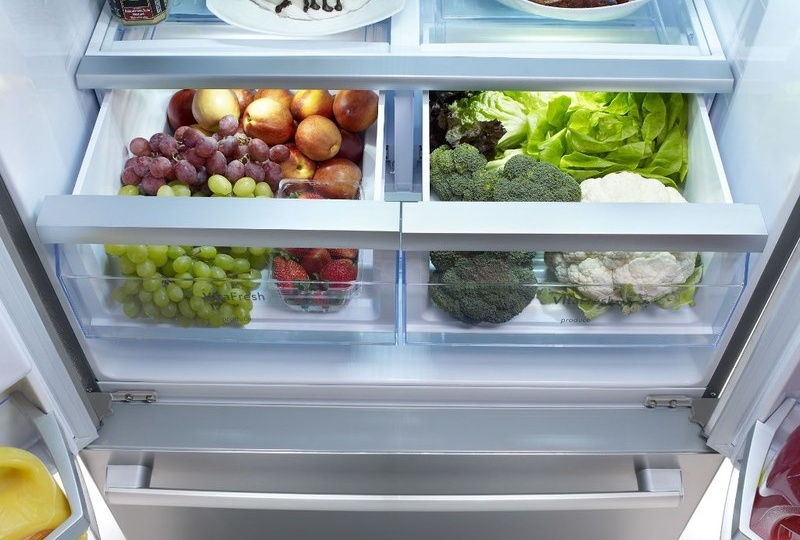
9 comments